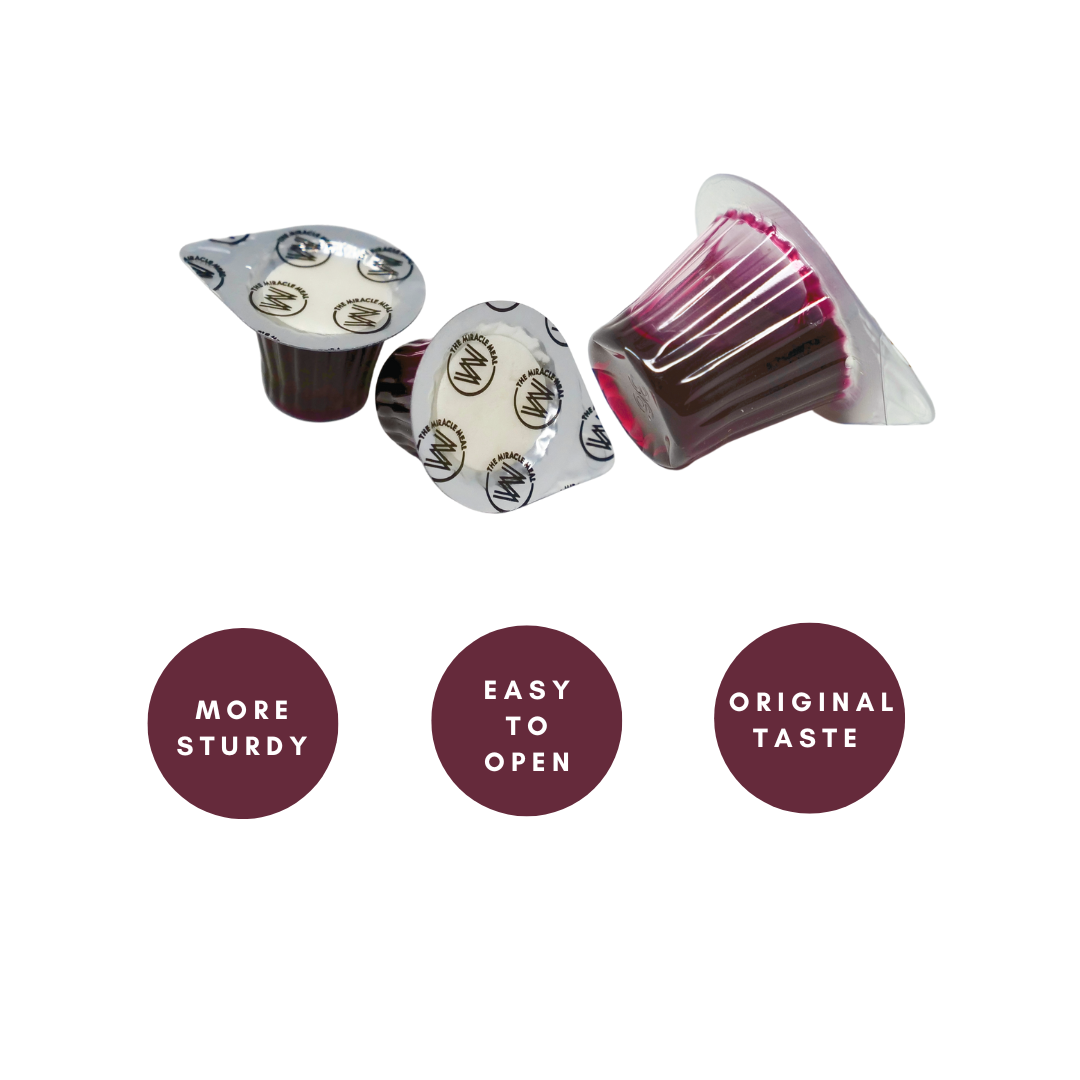What Is The Cup For Communion Called?
During Christian gatherings, the vessel that holds the wine or juice during the Eucharist carries deep symbolic meaning. It is not just a simple container; it unites believers around the core aspects of faith, especially Christ’s sacrifice.
Yet, many remain curious about the official name for this container and why it is so integral to the Lord’s Supper. Read on to discover the significance of this vessel, its historical context, and how modern solutions cater to congregations of every size.
Why the Vessel Matters
One important aspect of communion is the emphasis on unity and remembrance. The vessel that holds the elements—whether known as a chalice, communion cup, or another term—represents the shared experience of believers reflecting on Christ’s sacrifice. Many people ask about the proper title for this essential item, unaware that it transcends mere terminology. Rather than being an afterthought, the container helps maintain a sacred atmosphere, keeping participants focused on the Lord’s Table.
The concept of a cup of blessing is found in biblical texts, where it is portrayed as a symbol of unity in Christ. Over centuries, different Christian denominations and traditions have adopted various styles and names for the vessel. Whether ornately designed or simply made, its purpose is to remind believers of Jesus’s covenant with His followers.
When worshippers gather for communion, the simple act of drinking from a shared container—or identical individual cups—reinforces collective faith and devotion. This enduring practice crosses cultural boundaries and denominational lines, uniting the faithful in an expression of worship. Recognizing the deeper role this sacramental item plays helps illuminate how its name enriches the broader meaning of the sacred meal.
Traditional Names and Their Meanings
Over the course of Church history, the container for the Eucharist has been known by many terms. Some congregations call it the communion cup, while others favor the more formal “chalice.” Nevertheless, its fundamental role endures: to hold the wine or juice symbolizing Christ’s shed blood.
For some churches with highly liturgical traditions, a beautifully crafted metal chalice may serve as a reflection of the sacrament’s profound significance. Meanwhile, others opt for unadorned glass or plastic cups, valuing simplicity and accessibility. Despite these external variations, the act of sharing this sacred drink unites believers around a common focal point of reverence.
Language can also shape how a faith community perceives this vessel. Calling it a chalice might evoke a sense of historic depth, while referring to it as a communion cup can emphasize the communal aspect of faith. In either case, recognizing the variety of terms underscores the timeless importance of gathering to partake in the sacrament.
Modern, Pre-Filled Solutions for Every Congregation
In today’s fast-paced world, many congregations seek methods to observe communion that balance both reverence and practicality. Pre-filled elements offer a streamlined approach, minimizing direct handling and ensuring each participant has an uncontaminated serving. This solution has become especially valuable for large services or outreach events, where efficiency and ease of distribution are paramount.
Among these modern options, The Miracle Meal stands out with a design that includes a top film for accessing the wafer and a middle foil seal for revealing the juice. Each unit is easy to open, creating minimal noise so the focus remains on prayer. With a shelf life of up to one year, churches can store these communion cups confidently for future services.
Because the plastic containers are recyclable, congregations can maintain eco-friendly practices without sacrificing convenience. No additional preparation is required beyond laying out the pre-filled servings, freeing volunteers from the labor of pouring juice or procuring individual wafers. The result is a seamless experience that preserves the sacred solemnity of the ritual while meeting the diverse needs of modern worship communities.
Conclusion
Ultimately, whether known as a chalice or a communion cup, the vessel used during the Lord’s Supper has always carried deep theological resonance. Its various names and designs reflect both tradition and modern convenience, reminding believers of the everlasting importance of Christ’s work.
If you’re ready to simplify your church’s communion experience, we invite you to explore our online store of fully sealed, individually packaged cups. With their ease of use, quiet opening features, and reliable one-year shelf life, our solutions provide a thoughtful balance between heritage and innovation.




